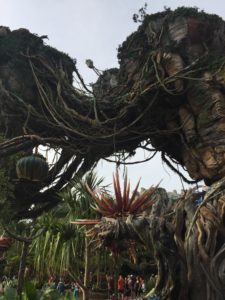 My knees ache feeling the impact of the pavement beneath them. Moving two to three steps at a time through this artificial world, my mind was captured by this foreign world called Pandora. Within this land I can see streams that wind their way through the north east, the wild abundance of green found in the tropics, and the spikey allure of the desert. The natural places from the earth I inhabit have been twisted to a fine line of recognition before my eyes. Unknown towering mountains of concrete consume my being as I wind my way through the corals designed for the masses of people. When I arrived to greet the side of this mountain, I found it hollow. Designs that mimicked those of our ancestors danced upon the manufactured cave walls. Moving through the caves to a lab filled with test tubes and samples of the flora, fauna, and water quality. Finally, I was greeted by actors portrayed as scientists in videos that help no true significance in any tangible world.
My knees ache feeling the impact of the pavement beneath them. Moving two to three steps at a time through this artificial world, my mind was captured by this foreign world called Pandora. Within this land I can see streams that wind their way through the north east, the wild abundance of green found in the tropics, and the spikey allure of the desert. The natural places from the earth I inhabit have been twisted to a fine line of recognition before my eyes. Unknown towering mountains of concrete consume my being as I wind my way through the corals designed for the masses of people. When I arrived to greet the side of this mountain, I found it hollow. Designs that mimicked those of our ancestors danced upon the manufactured cave walls. Moving through the caves to a lab filled with test tubes and samples of the flora, fauna, and water quality. Finally, I was greeted by actors portrayed as scientists in videos that help no true significance in any tangible world.

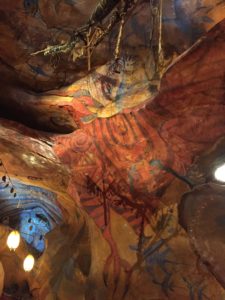 On this day, I had woken early with eight other family members to experience the new ride Flight of Passage in Disney’s Animal Kingdom. Here, the people of Disney recreated the imaginative world James Cameron set before the world in 2009. We stood among hoards of people eagerly awaiting the experience of a false wilderness. My body led me through the mirage of wilderness sending an ache through my bones for the rich sent of soil. I craved the true wilds of changing season, the loss of chlorophyll from leaves, water carving its way through stone over time, and the subtle touch of wildlife on the land. Looking up at the statues of imagined wilds, a whole world created that closely mimicked our own, I felt my mind stretch. Humans have this strange and incredible ability to replicate natural processes, while destroying the natural occurrences in their path. Once, long before I was born, the land that Disney world resides on was a swamp. Thought to be undesirable land at the time, Walt Disney was able to buy it for cheap, and process the “Magical” World of Disney. As I walked through the streets of Disney, I found myself slipping into a childish ignorance of what the land I was on meant. Before my time this land was home to wild creatures, now it is home to the stagnant picture of wild. Existing within the manufactured “nature” I longed for the granite composition of mountains, of my home, of what I feel to be wild, while being held within a concrete imitation of a land unlike my own.
On this day, I had woken early with eight other family members to experience the new ride Flight of Passage in Disney’s Animal Kingdom. Here, the people of Disney recreated the imaginative world James Cameron set before the world in 2009. We stood among hoards of people eagerly awaiting the experience of a false wilderness. My body led me through the mirage of wilderness sending an ache through my bones for the rich sent of soil. I craved the true wilds of changing season, the loss of chlorophyll from leaves, water carving its way through stone over time, and the subtle touch of wildlife on the land. Looking up at the statues of imagined wilds, a whole world created that closely mimicked our own, I felt my mind stretch. Humans have this strange and incredible ability to replicate natural processes, while destroying the natural occurrences in their path. Once, long before I was born, the land that Disney world resides on was a swamp. Thought to be undesirable land at the time, Walt Disney was able to buy it for cheap, and process the “Magical” World of Disney. As I walked through the streets of Disney, I found myself slipping into a childish ignorance of what the land I was on meant. Before my time this land was home to wild creatures, now it is home to the stagnant picture of wild. Existing within the manufactured “nature” I longed for the granite composition of mountains, of my home, of what I feel to be wild, while being held within a concrete imitation of a land unlike my own.

Because Disney is so perfectly manicured to the liking of its guests I find it hard to pull similarities between it and Salmon Hole. The oddly grown vegetation, and the free will of the water I have come to know at the Salmon Hole is unknown to the Kingdoms of Disney world. The diversity of the land is stagnated, and the seasons do not bring new colors, or faces to the wilds of Walt Disney World. I found myself for a week trying to find the wilds of Disney World, but came up empty handed, for nothing that regulated can be wild to me.
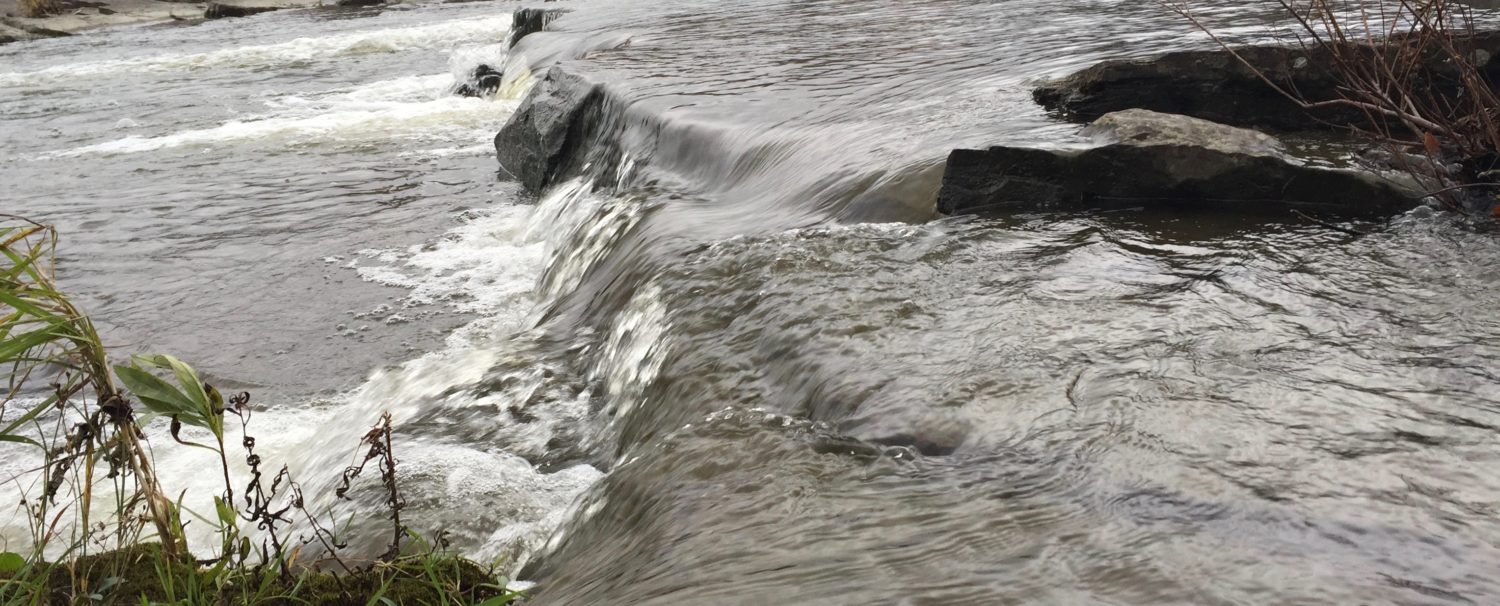
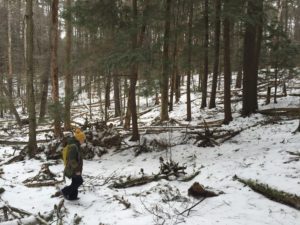 On a grey afternoon in April I am reminded of the late days in March. The air is heavy and wet, the ground has a thin layer of snow crusting on top, and the woods has a sleepy feeling about them. Searching for signs of spring has proven difficult on this day. The amphibians remain in hiding, snow covers that area that the vibrant color of wildflowers should colonize, and the trees hold on to their winter style.
On a grey afternoon in April I am reminded of the late days in March. The air is heavy and wet, the ground has a thin layer of snow crusting on top, and the woods has a sleepy feeling about them. Searching for signs of spring has proven difficult on this day. The amphibians remain in hiding, snow covers that area that the vibrant color of wildflowers should colonize, and the trees hold on to their winter style.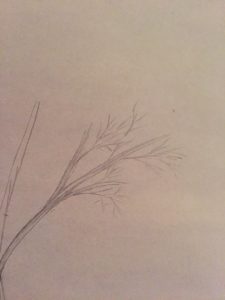
 slowly decrease at this point in the woods meaning there is less impact from developments, and exposure to the elements. There are no forest interior species that I have seen evidence of in the area, but a decent amount of deer, snowshoe hare, foxes, and other animals more adapted to a buffer zone reside there.
slowly decrease at this point in the woods meaning there is less impact from developments, and exposure to the elements. There are no forest interior species that I have seen evidence of in the area, but a decent amount of deer, snowshoe hare, foxes, and other animals more adapted to a buffer zone reside there.
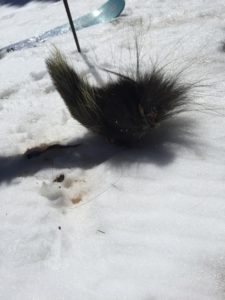 taken carving trails through the mountain and drawing a new crowd to the area. This new wave of people has brought with them
taken carving trails through the mountain and drawing a new crowd to the area. This new wave of people has brought with them 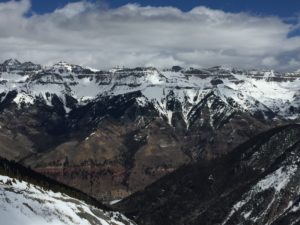


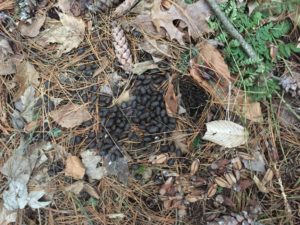




 In the site, I saw many Snowshoe Hair tracks, some White-Tailed Deer tracks, Gray Fox tracks,
In the site, I saw many Snowshoe Hair tracks, some White-Tailed Deer tracks, Gray Fox tracks, 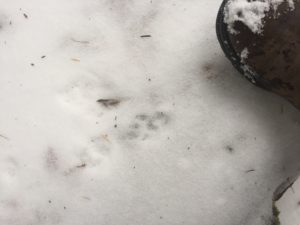
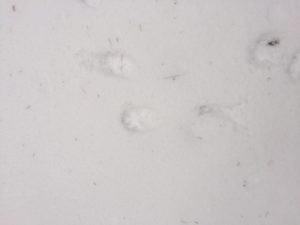
 As the area prepares for winter, the vegetation is slowing growing dormant and dying back. The water continues to flow over the rocks as the fish prepare for colder weather. Small hints of the winter to come lay within the shady corners of the woods.
As the area prepares for winter, the vegetation is slowing growing dormant and dying back. The water continues to flow over the rocks as the fish prepare for colder weather. Small hints of the winter to come lay within the shady corners of the woods. 
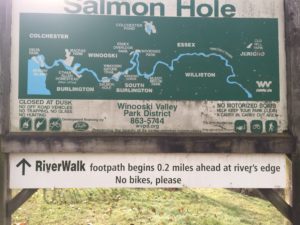
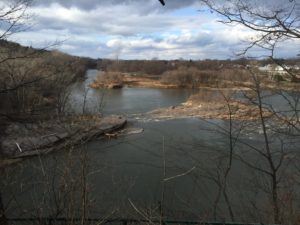 on a river, a dam. The original dam was put in by Ira Allen in 1786. Now the damn is operated by the local electric department to provide hydroelectric power to the area. The dam is definitely the most obvious form of human interaction with the area around Salmon Hole, but it is not the sole evidence of
on a river, a dam. The original dam was put in by Ira Allen in 1786. Now the damn is operated by the local electric department to provide hydroelectric power to the area. The dam is definitely the most obvious form of human interaction with the area around Salmon Hole, but it is not the sole evidence of 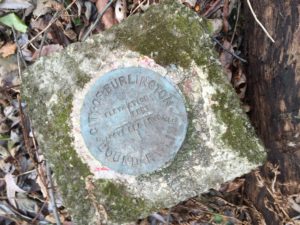 human interaction with the land. Walking through the paths of Salmon Hole one can find the remnants of recent human history through the food wrappers and used soda cups left laying just off the path, the timeline grows longer when a large fort crafted over years reveals itself to you upon your travels, it grows longer still with the old car hood rusting on the hill leading up to the current road. A town boundary marker shows how the land has been arbitrarily divided through the years. Currently Salmon Hole is a city park that allows people access to the fishing and walking trails.
human interaction with the land. Walking through the paths of Salmon Hole one can find the remnants of recent human history through the food wrappers and used soda cups left laying just off the path, the timeline grows longer when a large fort crafted over years reveals itself to you upon your travels, it grows longer still with the old car hood rusting on the hill leading up to the current road. A town boundary marker shows how the land has been arbitrarily divided through the years. Currently Salmon Hole is a city park that allows people access to the fishing and walking trails.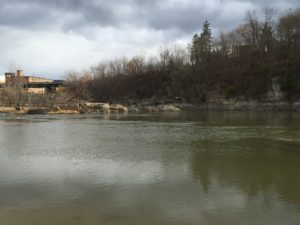
 My knees ache feeling the impact of the pavement beneath them. Moving two to three steps at a time through this artificial world, my mind was captured by this foreign world called Pandora. Within this land I can see streams that wind their way through the north east, the wild abundance of green found in the tropics, and the spikey allure of the desert. The natural places from the earth I inhabit have been twisted to a fine line of recognition before my eyes. Unknown towering mountains of concrete consume my being as I wind my way through the corals designed for the masses of people. When I arrived to greet the side of this mountain, I found it hollow. Designs that mimicked those of our ancestors danced upon the manufactured cave walls. Moving through the caves to a lab filled with test tubes and samples of the flora, fauna, and water quality. Finally, I was greeted by actors portrayed as scientists in videos that help no true significance in any tangible world.
My knees ache feeling the impact of the pavement beneath them. Moving two to three steps at a time through this artificial world, my mind was captured by this foreign world called Pandora. Within this land I can see streams that wind their way through the north east, the wild abundance of green found in the tropics, and the spikey allure of the desert. The natural places from the earth I inhabit have been twisted to a fine line of recognition before my eyes. Unknown towering mountains of concrete consume my being as I wind my way through the corals designed for the masses of people. When I arrived to greet the side of this mountain, I found it hollow. Designs that mimicked those of our ancestors danced upon the manufactured cave walls. Moving through the caves to a lab filled with test tubes and samples of the flora, fauna, and water quality. Finally, I was greeted by actors portrayed as scientists in videos that help no true significance in any tangible world.
 On this day, I had woken early with eight other family members to experience the new ride Flight of Passage in Disney’s Animal Kingdom. Here, the people of Disney recreated the imaginative world James Cameron set before the world in 2009. We stood among hoards of people eagerly awaiting the experience of a false wilderness. My body led me through the mirage of wilderness sending an ache through my bones for the rich sent of soil. I craved the true wilds of changing season, the loss of chlorophyll from leaves, water carving its way through stone over time, and the subtle touch of wildlife on the land. Looking up at the statues of imagined wilds, a whole world created that closely mimicked our own, I felt my mind stretch. Humans have this strange and incredible ability to replicate natural processes, while destroying the natural occurrences in their path. Once, long before I was born, the land that Disney world resides on was a swamp. Thought to be undesirable land at the time, Walt Disney was able to buy it for cheap, and process the “Magical” World of Disney. As I walked through the streets of Disney, I found myself slipping into a childish ignorance of what the land I was on meant. Before my time this land was home to wild creatures, now it is home to the stagnant picture of wild. Existing within the manufactured “nature” I longed for the granite composition of mountains, of my home, of what I feel to be wild, while being held within a concrete imitation of a land unlike my own.
On this day, I had woken early with eight other family members to experience the new ride Flight of Passage in Disney’s Animal Kingdom. Here, the people of Disney recreated the imaginative world James Cameron set before the world in 2009. We stood among hoards of people eagerly awaiting the experience of a false wilderness. My body led me through the mirage of wilderness sending an ache through my bones for the rich sent of soil. I craved the true wilds of changing season, the loss of chlorophyll from leaves, water carving its way through stone over time, and the subtle touch of wildlife on the land. Looking up at the statues of imagined wilds, a whole world created that closely mimicked our own, I felt my mind stretch. Humans have this strange and incredible ability to replicate natural processes, while destroying the natural occurrences in their path. Once, long before I was born, the land that Disney world resides on was a swamp. Thought to be undesirable land at the time, Walt Disney was able to buy it for cheap, and process the “Magical” World of Disney. As I walked through the streets of Disney, I found myself slipping into a childish ignorance of what the land I was on meant. Before my time this land was home to wild creatures, now it is home to the stagnant picture of wild. Existing within the manufactured “nature” I longed for the granite composition of mountains, of my home, of what I feel to be wild, while being held within a concrete imitation of a land unlike my own.
